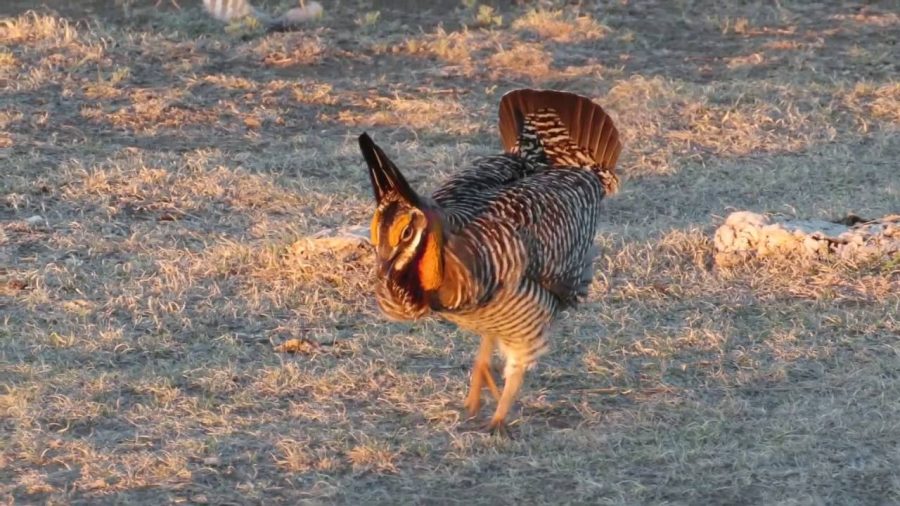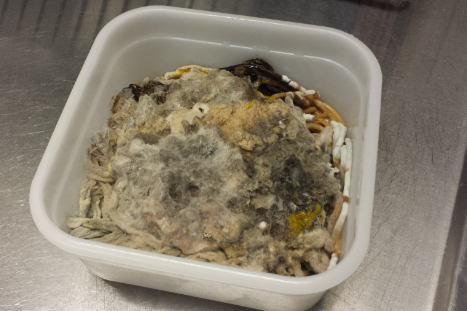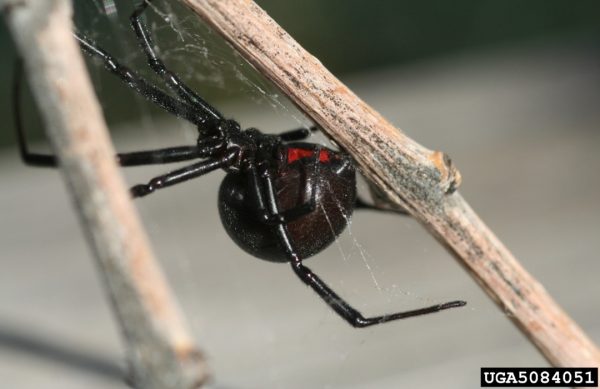Game Birds of Kansas
April 30, 2019
There are many game birds in the world but in this article I’m going to be focusing on the birds specifically in Kansas. Most of these birds you probably already heard of but I’m going to tell you the basic facts of each bird such as, habits, habitat, and diet. You might be surprised that this many birds can thrive in the barren landscapes of Kansas to a point where they are hunted heavily yet, still have growing populations. Each paragraph on every bird will have some information on how to hunt the bird as well as different articles, giving a more detailed explanation on how to hunt a specific bird.
Quail
Quail are one of the most social of all game birds. Usually found in a “covey” (flock of quail) where 8-25 birds can socialize. Quail are also very laid back birds, choosing to walk instead of fly to different areas. This is quite surprising because just about anything with four legs and a set of canines has a taste for this bird. Don’t be fooled by this because a quail can give 40mph bursts of speed in order to avoid its predators. You may still be wondering how this species of bird still exists but quail are very shy. They resort to the tall grasses or croplands to eat seeds and insects and due to their small stature (7in., 3.5oz ) they can go unnoticed in the tall grasses. The only time they start taking risks is for their mate or offspring. Just about the only thing that gives hints on where the bird is located is the repetitive and unique call. Here are the hunting tips for quail.
Pheasant
The pheasant is most known for its colorful plumage which only occurs in the male pheasant. Female pheasants (hens) are a light tan or brown which helps them blend into the thick foliage unlike the male who sticks out like a sore thumb. Pheasants prefer the dense areas on an environment but they do change habitats over the course of the year. In the spring and summer the pheasant resorts to shrubs or trees to roost and as fall edges close they move to compact fields. Some birds begin to settle down early to nest and have chicks where they basically choose at random with some nesting locations going as far as roadside ditches, fence lines, and wetlands. The bird’s diet mainly consists of insects but when things get desperate, the bird explores cattle fields looking for any undigested seeds in the manure. Don’t forget to watch out for these birds because the males can get quite aggressive during the mating season, just take a gun with you.Hunting Tips
Prairie Chicken
These birds are medium to large sized birds with a stocky body. Adult males have orange feathers over their eyes and dark feathers that can be raised at will(when frightened) along the neck. The only difference between the male and female is that the female has shorter head feathers and lack the orange and yellow feathers at the male’s neck. Prairie chickens are found in the tallgrass prairies and most parts of the flint hills. The diet of these birds are mainly made up of fruits and seeds but in the summer, where just about everything is thriving, the bird’s diet expands to insects. A male chicken is highly territorial during the mating season and will capture land from other chickens to attract mates. These territorial patches are called booming grounds and one or two males will take 90% of the mating opportunities. The name “booming” grounds comes from the sound that the male makes when dancing. Hens then lay 5-17 eggs that will take about 24 days to hatch. Booming Grounds Hunting Tips
Turkey
Turkeys are one of most recognizable of all game birds because not only do you eat it on Thanksgiving, and because of the males plumage. The plumage is folded down until the male gets the opportunity to attract a mate, then the plumage fans out creating a wall of brown feathers. A Jake (juvenile male turkey) and a Tom (mature male turkey) work their plumage so much during the mating seasons that the tips of the feathers will usually break off or become extremely dull. When they’re not looking for mates they wander corn fields, plucking seeds of the ground. Toms are old enough to know the pattern of a corn field and where the seeds are planted. Due to this, farmers hate these birds and will allow many people to hunt turkeys on their property. During the evening the birds will roost in trees. Every once in a while a owl will not a turkey right out of the roost. Hunting Tips
Chukars
Chukars are primarily used for practice for hunters and hunting dogs. A landowner will buy eggs or full grown chukar and will release them into the wild when the time is right. I know a man who buys many types of birds (many of them are on this list) and will take hunters out to practice, and as mentioned before the chukars are the warm-up birds or practice birds. You can usually see them hopping around the flint hills from rock to rock, looking out for any predators. Upon seeing a predator the chukar shoots up into the air screeching as loud as it can and flies away. If you want to see one of these birds without startling it peer through your binoculars and look for a bird with with striped wings, a plump body, and a long neck. Hunting Tips ,
All of these birds have their advantages to disadvantages whether that be how elusive they are or how blend in into their environment. All of these birds are found in Kansas and are great to hunt for beginning hunters like myself. Hunting these birds will give you memories, whether good or bad, that will stay with you with the rest of your life.

















